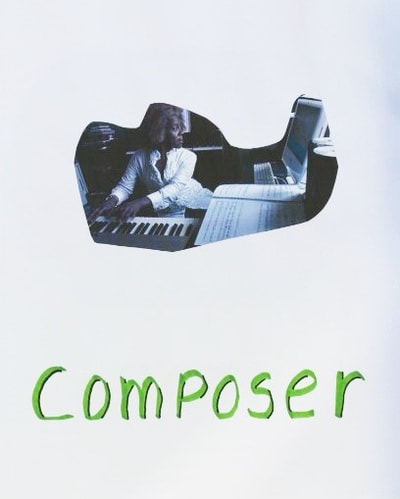

I suggest you create a "practice" arrangement and play with it to see if you can do what you want with it. This happened to me when I altered one of four copies of the default Vita MIDI object in an arrangement with a tempo different than the default 120 BPM. Timestretching a MIDI object in a track that contains other MIDI objects can alter those objects as well. The quanization grid does NOT adjust to the timestretching. Then, move or copy it to another track for modification. It would be best to create a new MIDI object in the original tempo. You cannot "apply" the timestretch, but it seems to work anyway. That seems it is possible to "timestretch" a MIDI object (in MM-15) even though a pop-up says "that function is not available". MMM is not designed to allow multiple tempo's or time signatures in the same arrangement. The 60 day free trial has no feature restrictions.MMM is not a full DAW (digital audio workstation), and does not offer all of the features a true DAW (like Music Studio, Samplitude, etc.) would have. Reaper (Windows and Mac) is a digital audio workstation with MIDI recording and editing ability.Kalenda maya is a 12 th century song by troubadour, Raimbaut de Vaqueiras, one of the Occitanian (later southern French) poets and singers who developed the musical tradition of fin’amor, refined or perfect love. The material below includes prompts in bold type to assist the student in learning how to write a successful concert review. Musescore (Cross-platform, Open Source) Raimbaut de Vaqueiras as depicted in a 14 th century French manuscript (BnF ms. 2.1 Assignment Guided Concert Review Instructor Note: The Guided Concert Review Assignment (2.1) is designed to help teach students how to listen to and write about music that they hear.The note will move in steps of a semitone. Although surface features of highly familiar recordings are encoded into memory, little is known about listeners’ mental representations of melodies heard once or twice. MU.LAB (Windows and Mac) (free version is feature-limited) Editing To change the pitch of a note: Click in the middle of the corresponding blob and drag it up or down. A melody’s identity is determined by relations between consecutive tones in terms of pitch and duration, whereas surface features (i.e., pitch level or key, tempo, and timbre) are irrelevant.midicomp - converts midi to text file and back again (Cross-platform, Open Source).Melody Assistant (Windows and Mac) (free version is feature-limited).Anvil Studio (Windows) (free version is feature-limited).As he drew near, he slackened speed, took the middle of the street. Anthem (Linux, Open Source, requires KDE) Cod: A Biography of the Fish That Changed the World.abcmidi - abc2midi converts abc notation to midi and midi2abc converts midi to abc notation (Cross-platform, Open Source).There are many excellent applications for recording and/or editing MIDI files.

Some of the MIDI applications listed at the bottom of this page may also be able to render a MIDI file to WAV.įree or free trial applications for working with MIDI On other platforms, look for an appropriate source package to compile (or a port for your platform) on the TiMidity++ home page. Don't forget to run the interface executable timw32g.exe to run TiMidity++, not timidity.exe which is only the command line tool. For those on Windows, there are some instructions on the Forum to download a Windows TiMidity++ binary, plus the necessary soundfont file. For more help, see our Tutorial on recording streaming audio.Īs an alternative, TiMidity++ will render the MIDI to an audio file like WAV in faster than real time. and a Scotsman, dropped in the middle of a forgotten spot in the Caribbean by. On Mac you need to use a third-party recording application such as Soundflower. On Windows or Linux, depending on your soundcard, you can record the MIDI into Audacity in real time simply by playing it on your computer, for example on Windows Media Player. If necessary you can always export it after editing to a lossy, smaller-sized format like MP3. WAV is the recommended format to convert to, because it is lossless and won't significantly degrade if you edit it in Audacity.

It is also the only way you can burn MIDI to an audio CD. Recording or rendering the MIDI file to an audio file is the only way you can edit MIDI in Audacity. MIDI files can be converted to sampled audio formats such as WAV either by recording them as they play, or by rendering them directly to an audio format using a third-party application.


 0 kommentar(er)
0 kommentar(er)
